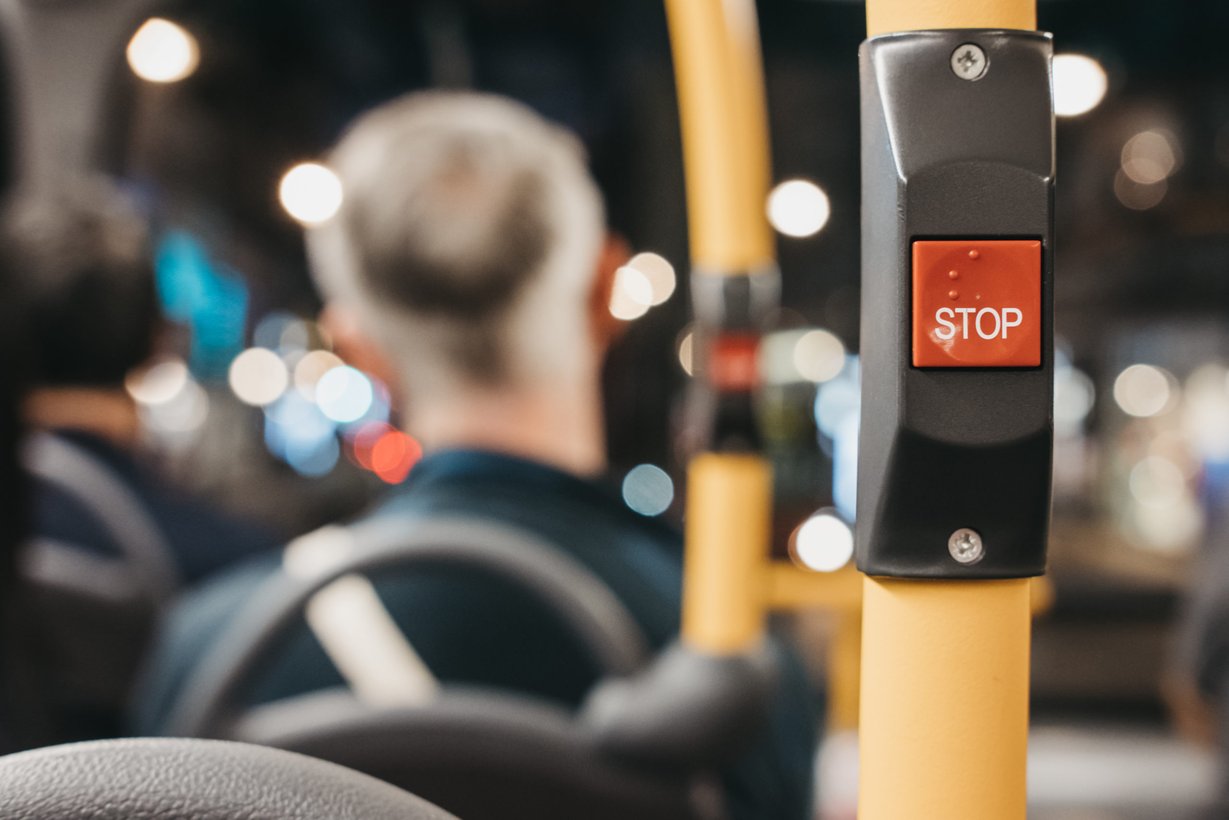With the last-minute extension of the Bus Recovery Grant ultimately proving too little, too late, what bus advocates have long feared is coming true: around the country, councils and bus companies are announcing a steady stream of bus cuts. In the past month, passengers across the country reacted to the news that bus routes they depended on to access jobs, education, healthcare, and other services were being eliminated or reduced.
Bus companies cite depressed post-pandemic patronage and ongoing driver shortages as the reasons behind the most recent cuts. To be sure, each will have their own backstory and nuance — they are not though the ultimate cause of the position we find ourselves in today. The current crisis comes at the tail of a long, persistent cycle of underfunding and cuts. Underfunding leads to less effective transport networks, which attract fewer passengers. Then, as patronage drops, bus companies cut routes that are no longer commercially viable, which further damages networks and makes them less appealing to fund.
For a long time, British towns and cities have sported transport networks that comprise fewer routes, carry fewer passengers, and charge higher fares than those serving equivalently-sized European communities. But as the pressures that have led us here have intensified, the cycle of underfunding has become a death-spiral, threatening to decimate transport in areas of the country that need it most. We must reverse this pattern: get more people on public transport, which lets more routes function commercially, which makes the entire network more attractive to fund. But how exactly did we get here? And what measures will actually be effective in reversing the pattern of decline?
Flawed processes and ineffective solutions.
The UK’s two-tier system of commercial and subsidised bus routes is not necessarily itself a fundamental problem. But as currently administered, subsidised bus routes — by definition, operating in locations where transport is essential, but patronage will not be high enough for profit — are exceptionally vulnerable to cuts. Local councils across the country have license to determine how much of their operating budgets will subsidise transport, setting up inevitable conflicts between transport and other social services that should, ideally, complement each other. Councils that set subsidy limits — routes must not require a certain amount per passenger to operate — find that if they cut individual routes for exceeding the limit, the entire network weakens, setting new routes on the chopping block.
With the onset of COVID-19, which sent previously-reliable commercial routes into the red, the government understood they had to do something: inject funding, at least temporarily, so that buses kept running and patronage recovered. When it became clear that underlying travel patterns had changed in likely permanent ways, the Bus Service Improvement Plan (BSIP) process promised to help in two ways: by providing considerable additional funding for transport, and by requiring that local authorities establish franchising or Enhanced Partnership operating models to approach their networks more holistically and respond to changing ridership patterns.
For many local authorities, the BSIP process succeeded in catalysing new ways of thinking about transport — and then failed in its first purpose, to actually provide money for the ambitious plans it inspired. But even if the BSIP process had gone exactly as planned, competition-based funding for basic transport is fundamentally a flawed approach. Competitions inevitably advantage larger authorities, which have experience conducting large planning projects and applying for grants, and the staff to devote to writing a compelling proposal. As a result, more money flows to the Greater Manchesters and West Midlands of the world, and even less to the already under-resourced smaller, more rural authorities.
How do we fix it?
If local authorities cannot stretch their budgets to provide additional subsidies for transport services, and the government’s competition-based solution has under-delivered, what is the answer? The Campaign for Better Transport advocates for healing our fragmented funding system with “a single pot with long-term allocations for all local authorities conditional on achieving certain objectives.” Revenue funding should be prioritised, so that authorities can confidently plan for the future. This approach is reminiscent of Germany’s, where the federal government pays “regionalisation funds” to each of its states specifically earmarked for transport services.
How do we fund this “single pot”? There are many options in the long-term. Road-use charging is a surprisingly popular idea, if implemented with an eye to privacy concerns. Alternative taxation strategies, like France’s “versement mobilite” (VM) tax on employers, could play a role. But these kinds of strategies may deliver funding too late to reverse the death-spiral. Solutions that can be implemented in the short term, like re-allocating a portion of the UK’s roads budget, may be required if we want to save what’s left of our bus networks. Anything we do must happen quickly: as more buses are cut each week, transport becomes unviable for more and more of the country, and more and more difficult to reestablish.




%206.png?width=71&height=47&name=The%20Buzz%20Blog%20Hero%20(1750%20x%201200%20px)%206.png)